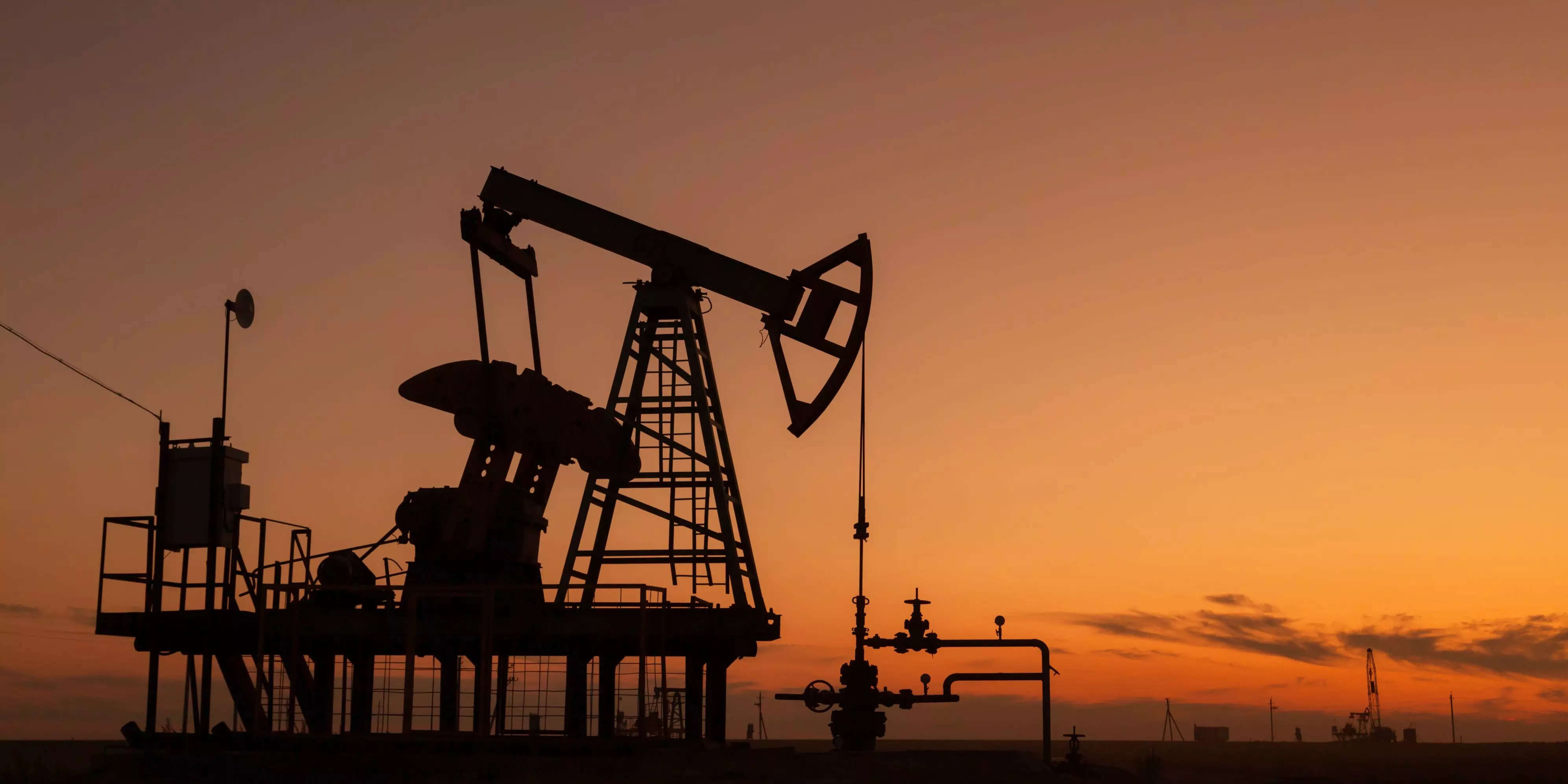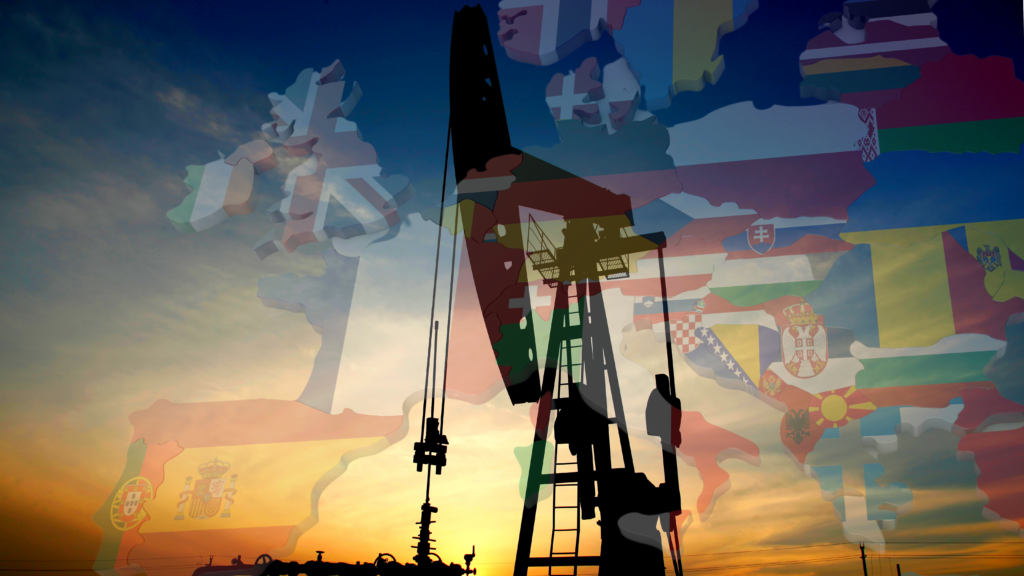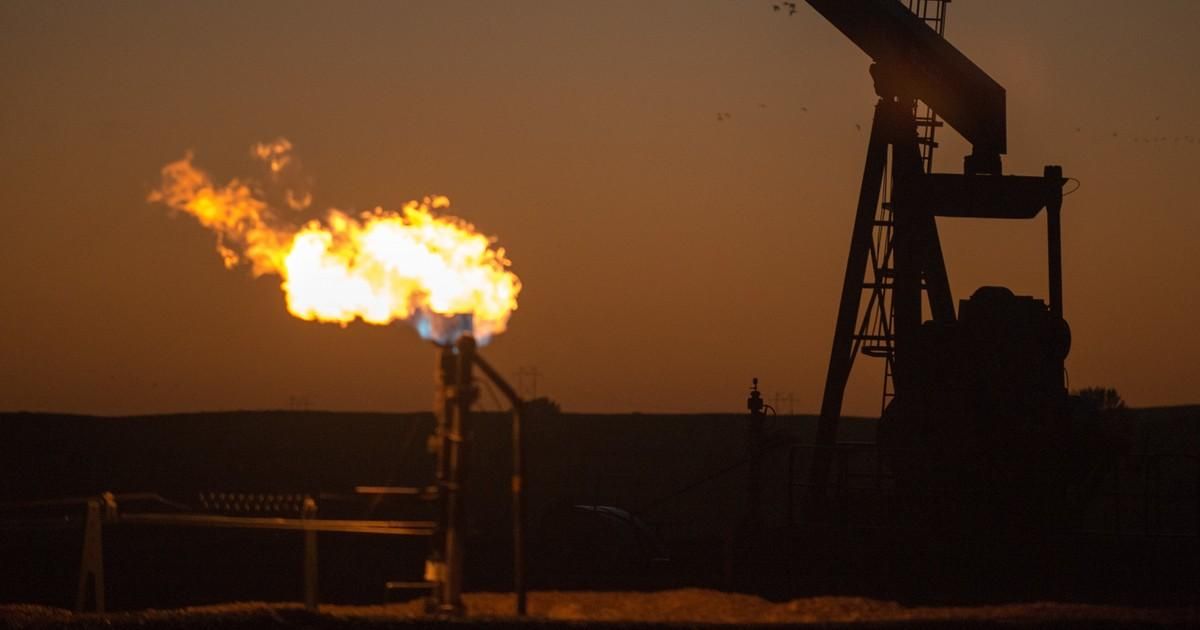“First really global energy crisis,” according to Birol of the IEA

Singapore According to the president of the International Energy Agency (IEA), the world is currently experiencing “the first global energy crisis” as a result of tightening markets for liquefied natural gas (LNG) and major oil producers reducing supplies. The International Energy Agency (IEA) stated in its World Energy Outlook 2022 report on October 27 that the world is experiencing an “energy crisis of unprecedented depth and complexity” and that the world’s consumption of fossil fuels will peak by the end of this decade as a result of Russia’s invasion of Ukraine.
All fuels are impacted, but the gas market is the focal point as Russia tries to gain leverage by making customers pay more for their energy and facing supply problems. According to the study, prices for spot purchases of natural gas have risen to previously unheard-of heights, often surpassing the USD 250 price of a barrel of oil. On August 1, 2010, this entry was published.
Unaffected by high oil prices, the world’s oil consumption will reach 2019 levels by 2023. According to the analysis, it will peak at 103 million barrels per day (mb/d) in the middle of the 2030s before gradually declining until 2050, according to the analysis. According to the IEA, “there is continued growth in the use of oil for aviation and shipping, as a feedstock for petrochemicals, and as fuel in heavy trucks. However, from the mid-2030s on, this was more than offset by declining oil use in other sectors, especially in passenger cars, buildings, and power generation.
The outlook for the Stated Policies Scenario (STEPS) is based on the assumption that due to European and US sanctions, Russian production may decrease by 2 million barrels per day (mb/d) shortly, and that, over the long term, it will continue to be well below expectations set before it invaded Ukraine. It also predicts that the United States, OPEC nations from the Middle East, Guyana, and Brazil will see the biggest increases in output by 2030.
The OPEC share of oil production is anticipated to increase from 35% in 2021 to 36% in 2030 and 43% in 2050. By 2050, the supply of liquid biofuels will have more than doubled, and there could be a little rise in low-emission hydrogen-based fuels as well. According to the analysis, upstream oil investment will increase from its present levels to offset supply-side losses and satisfy expanding demand. At the same time, as markets rebalance, oil prices will decline from their extremely high levels in 2022 to about $82 per barrel in 2030.
According to the IEA, the decision by Russian energy giant Gazprom to reduce gas production and European restrictions on imports of coal and oil are causing a significant shift in global trade patterns. The researchers noted that despite mounting pressures and uncertainties, the world’s oil consumption is expected to rise by 1.7 million barrels per day in 2022 as economic and transportation activities pick up.
“Today’s oil market is battling with significant short-and long-term uncertainty. The immediate outlook for demand is clouded by worries about a recession, while China may increase oil consumption as it exits new lockdowns, according to the IEA. The paper emphasized how renewable energy is becoming a viable substitute for expensive gas.
“As customers look for alternatives to expensive gas, the crisis temporarily boosts demand for oil and coal. However, the long-term benefits of the crisis go to low-emissions sources, primarily renewables but occasionally also nuclear power, together with quicker advancements in efficiency and electrification, such as electric vehicles, it added. According to the IEA, during the first year of the COVID-19 epidemic, natural gas consumption held up better than demand for other fossil fuels and then surged by 5% in 2021, which is twice as fast as the average growth rate over the previous ten years.
According to STEPS, the average annual growth rate of natural gas consumption between 2021 and 2030 will be 0.4%, much less than the average annual growth rate of 2.2% observed between 2010 and 2021. According to the IEA, Europe’s sanctions against Russian gas and Russia’s reductions in its natural gas supplies to Europe are cutting off one of the major routes for international energy commerce.
All fuels are impacted, but the gas market is the focal point as Russia tries to gain leverage by making customers pay more for their energy and facing supply problems. According to the study, prices for spot purchases of natural gas have risen to previously unheard-of heights, often surpassing the USD 250 price of a barrel of oil.
The first truly global energy crisis has resulted in record prices, fuel shortages, increased poverty, and sluggish economies.
Numerous factors, particularly the incredibly quick economic recovery following the epidemic, caused the energy markets to tighten up in 2021. However, once Russia invaded Ukraine in February 2022, the situation quickly worsened and turned into a full-fledged global energy crisis. Natural gas prices hit record highs, which had an impact on power prices in several markets. The price of oil reached its highest point since 2008.
In addition to making households poorer, forcing some firms to reduce output or even close their doors, and slowing economic development to the point that some nations are in the midst of a severe recession, higher energy prices have also led to uncomfortably high inflation. This winter, gas restrictions may be necessary for Europe because of its historic reliance on Russian gas supplies, while many emerging countries are experiencing dramatically increased energy import costs and fuel shortages.
Despite some parallels, there are substantial differences between the present energy crisis and the oil shocks of the 1970s. The global economy was far more dependent on oil and less dependent on gas during the price shocks of the 1970s, but the crisis we are presently going through affects all fossil fuels. Because of how much more interconnected the world economy is now than it was fifty years ago, the effect is compounded. For this reason, this is the first really global energy crisis.
While some gas-intensive manufacturing facilities in China simply had their power supply cut, others in Europe reduced output due to financial constraints. Higher energy costs have exacerbated severe poverty and slowed progress toward attaining universal and affordable energy access in emerging and developing countries, where the percentage of family budgets spent on energy and food is already significant. Rising prices have affected disadvantaged people and led to substantial economic, social, and political difficulties, even in industrialized nations.
There is no proof, despite some claims, that climate measures are responsible for the current spike in energy costs. More access to sustainable energy technology and sources would have benefited consumers and lessened the rising pressure on fuel costs. The quick economic recovery, global weather variations, maintenance delays brought on by the pandemic, and previous choices by oil and gas firms and exporting nations to cut investments have all contributed to an increase in energy costs since 2021. Before it invaded Ukraine in 2021, Russia started withholding gas from Europe. All of this resulted in already scarce supplies.
The situation was made severely worse by Russia’s war on Ukraine. Numerous penalties were placed on Russia by the EU and the US, and many European nations stated their desire to fully stop importing Russian gas. In the meantime, Russia has gradually reduced or even shut down its export pipelines. Russia is by far the biggest fossil fuel exporter in the world and a crucial supplier to Europe. Russian energy accounted for one-fourth of the energy used in the EU in 2021.
The price of US, Australian, and Qatari ship-borne liquefied natural gas (LNG) increased as Europe attempted to replace Russian gas, driving supplies away from typical LNG users in Asia and driving up costs. Power costs increased as well since gas typically determines the price at which electricity is supplied. To expand the amount of LNG that can be sold worldwide, both LNG importers and producers are hurrying to create new infrastructure, but these expensive projects take years to complete.
Oil prices originally increased as well due to the reorganization of global trade channels following the announcement that the United States, several European nations, and some of their Asian allies would no longer purchase Russian oil. Because of the sanctions and insurance risk, several shippers have chosen not to transport Russian oil.
Even with the incentive of sky-high prices, many significant oil producers were unable to increase output to meet growing demand because of a lack of investment in recent years. Although prices have decreased from their high, the future is uncertain since fresh European sanctions against Russia will begin to take effect later this year.
Some governments are attempting to soften the blow for citizens and companies, either directly or by setting price caps for consumers, with the difference going to energy suppliers. However, the opportunity for mitigating the damage is less available now than it was in early 2020 owing to high inflation rates in many nations and budget deficits that are already substantial as a result of emergency expenditures during the COVID-19 epidemic. Short-term interest rates have increased in several nations in response to rising inflation, which has slowed economic development.
The import of gas from alternative sources, including Algeria, Norway, and Azerbaijan, has accelerated throughout Europe. Some nations are prolonging the lifetimes of nuclear power reactors that are set to be decommissioned, while others have restarted or increased their use of coal for the production of electricity. As part of their voluntary commitments to reduce gas and electricity demand by 15% this winter through efficiency measures, increased use of renewable energy sources, and encouragement of efficiency improvements, EU nations have also imposed gas storage responsibilities.
The IEA and its members responded by releasing the two largest emergency oil stockpiles ever to guarantee an adequate oil supply. The IEA coordinated the release of almost 182 million barrels of emergency oil from public reserves or obliged stocks held by industry with two decisions, on March 1 and April 1, 2022. Over 240 million barrels were released between March and November 2022 as a result of greater public stockpiles being unilaterally released by several IEA member nations.
The IEA has also released action plans to reduce oil use that will take immediate effect, as well as recommendations for how Europe can lessen its dependency on Russian gas and how regular people may use less energy. The invasion has prompted a reevaluation of energy policies and objectives, putting the feasibility of decades’ worth of infrastructure and investment choices into doubt and fundamentally reorienting global energy commerce.
Gas has been anticipated to play a significant role in many nations as a “bridge” fuel between cleaner renewable energies and dirtier fossil fuels. However, the current crisis has questioned the dependability of natural gas. Similar to how the oil shocks of the 1970s led to significant advancements in energy efficiency, nuclear, solar, and wind power, the present crisis may hasten the deployment of cleaner, sustainable renewable energy sources like wind and solar.
The necessity of putting money into reliable gas and electricity network infrastructure to better integrate regional markets has also been highlighted by the crisis. Both the Inflation Reduction Act of the United States, enacted in August 2022, and the EU’s RePowerEU, proposed in May 2022, feature significant steps to advance energy efficiency and encourage renewable energy.
edited and proofread by nikita sharma




